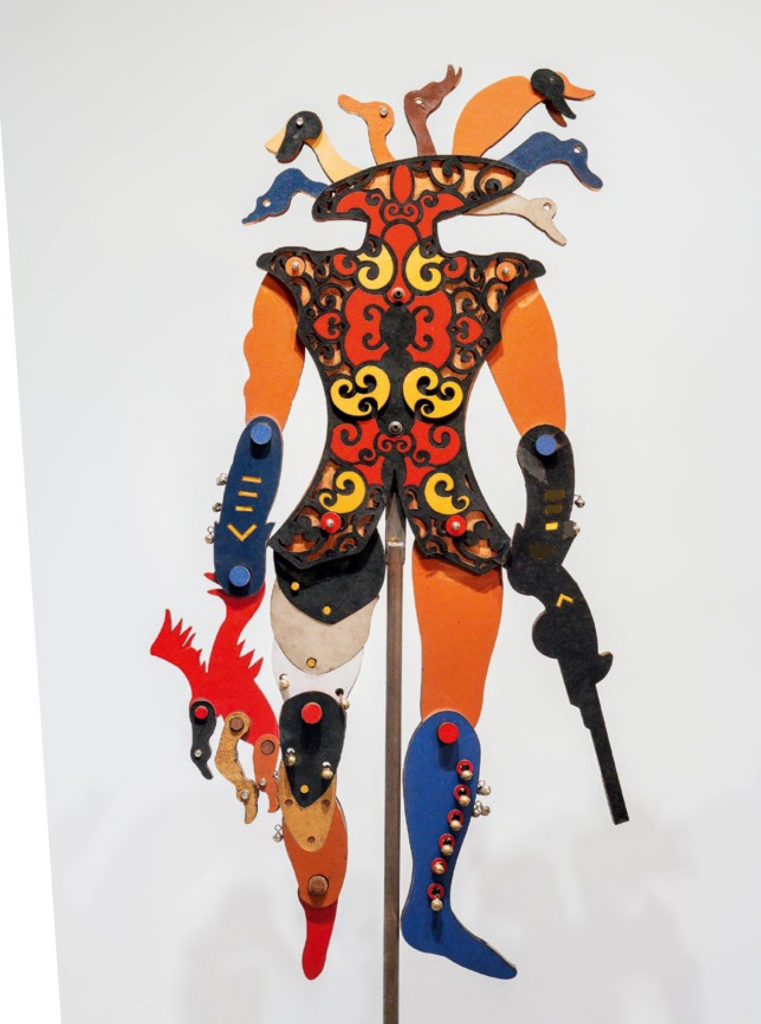Born in 1958 in Chandpur, Bangladesh, he lives and works in Chittagong, Bangladesh
Kather Nripati (Wooden Lord)
2021
Dhali Al Mamoon is an artist and educator whose prolific output in diverse media engages with the history of Bengal and the persistence of colonialism as a historical trauma. In his practice, he excavates memory and meaning, disavowing literal narration in favor of nuanced visual and corporeal experiences. Al Mamoon holds an MFA from the University of Chittagong, where he also teaches, and was a DAAD fellow at the University of the Arts Berlin in 1993–94. He is inspired by the diversity of life, landscapes, and everyday objects that he encounters as an inhabitant of one of the world’s oldest and most historically significant port cities.
Al Mamoon’s series of kinetic sculptures that comprise Kather Nripati (Wooden Lord) (2021) derives from the palm-leaf puppets he often played with at carnivals as a child. Traditional objects of folk art, the Taal-patar Sepai of West Bengal made fun of the sepoys, the Indian soldiers hired by the British East India Company, with the twirling, flailing movements of their jointed limbs. The name for these children’s toys also came to describe a weak person with a swaggering attitude. Originating around the time of the Sepoy Mutiny (1857–59) against colonial rule, the dolls, now outdated, were a subtle form of resistance, shared by the makers of the puppets and those who used them. Thus, the hierarchical social order was temporarily subverted in a playful act meant to elicit laughter and relief. With these puppets, the artist reconstructs and reconsiders a period of unfreedom—a wound still present many generations later.
Al Mamoon has delved into this chapter of collective trauma via his own childhood memories, creating life-sized, wooden versions of the toy mounted on plinths that rotate periodically. The knocking about of the puppets’ arms and legs add a sonic element to the installation. Immaculately costumed in the ceremonial regalia of the colonizers, Al Mamoon’s mostly headless figures attempt to exert a menacing presence, in all directions, but are continually thwarted by their own captivity.



